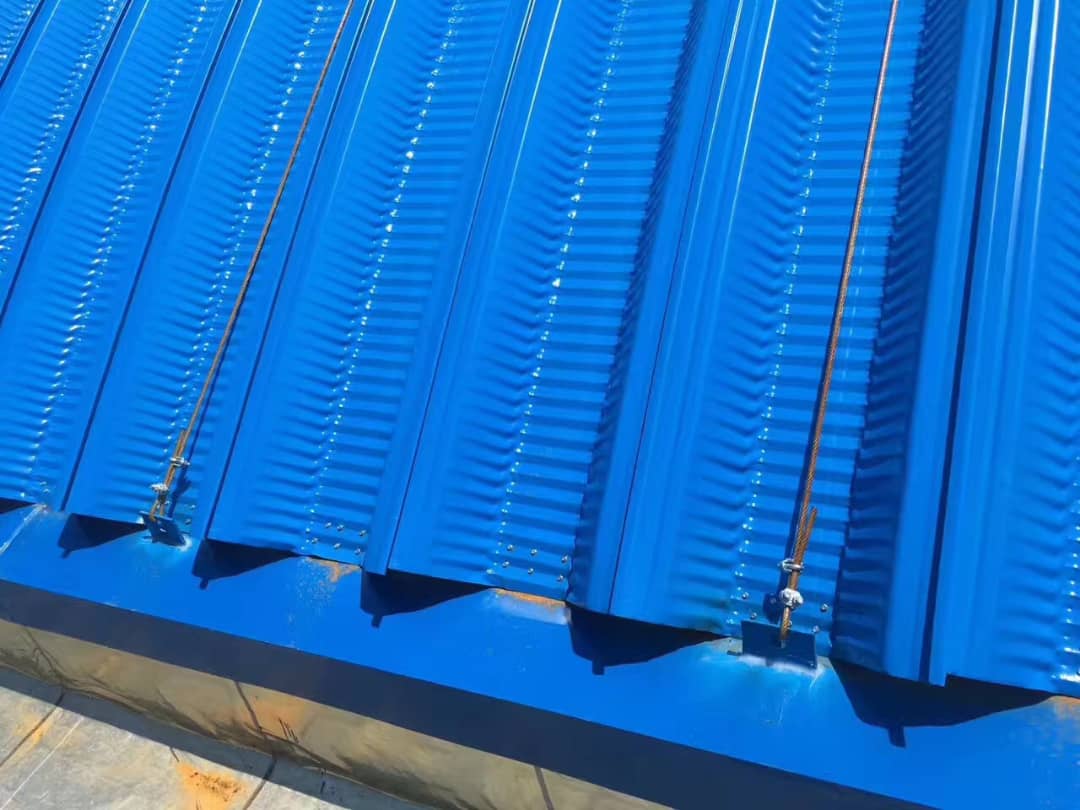
The Strut Channel Machine A Revolution in Metal Fabrication
In the realm of metal fabrication, strut channels have emerged as a significant component, underpinning various construction and manufacturing applications. As the demand for efficient and precise metal processing rises, the strut channel machine has come to the forefront, offering numerous benefits in both production speed and quality. This article delves into the functionality, advantages, and applications of strut channel machines, illustrating their pivotal role in modern engineering.
What is a Strut Channel Machine?
A strut channel machine is a specialized piece of equipment designed to fabricate strut channels from flat metal sheets or coils. These machines employ various processes, such as punching, cutting, bending, and rolling, to produce strut channels tailored to specific dimensions and configurations. The result is a series of robust metal channels commonly used for supporting electrical conduits, HVAC systems, piping, and other structural components in buildings and industrial environments.
How Does It Work?
The operation of a strut channel machine typically begins with loading a metal coil or sheet onto the feeder mechanism
. The machine then feeds the material through a series of stations, each performing a specific function. For example, the first station might cut the metal to the desired length, while subsequent stations punch holes or create bends as required by the design specifications. Some advanced models also incorporate automated controls and servo motors to ensure precision and consistency throughout the production process.Once the strut channel is formed, it is often subjected to further processes, such as galvanization or powder coating, to enhance corrosion resistance and durability. The entire process is streamlined to minimize waste and improve efficiency, making strut channel machines a worthwhile investment for manufacturers.
Advantages of Strut Channel Machines

One of the most significant advantages of strut channel machines is their ability to produce high-quality components at a rapid pace. Traditional methods of metal fabrication can be time-consuming and labor-intensive. In contrast, automated strut channel machines significantly reduce production times while maintaining accuracy, which is crucial in industries where timelines are tight.
Additionally, these machines offer versatility. They can easily adjust to produce different sizes and configurations of strut channels, allowing manufacturers to fulfill diverse customer requirements without needing extensive retooling. This flexibility is invaluable in today’s fast-paced market, where customization is often key to competitive advantage.
Cost efficiency is another critical benefit. By automating the strut channel fabrication process, companies reduce labor costs and material waste, leading to overall savings. The durability of the components produced also plays a crucial role, as high-quality strut channels minimize the likelihood of failures and replacements in the long run.
Applications in Various Industries
Strut channels have a wide range of applications across multiple sectors. In the construction industry, they are primarily used for structural support, enabling the secure installation of electrical and mechanical systems. Strut channels are also prevalent in telecommunications, serving as pathways for cables and wiring. Moreover, in the manufacturing and assembly sectors, these channels facilitate the setup of production lines and assembly fixtures.
The versatility of strut channels means that they can be found in various products, from solar panel mounting systems to custom racking solutions. As industries evolve and technologies advance, the role of strut channel machines is likely to expand, adapting to new materials and processes while continuing to meet the demands of modern engineering.
Conclusion
The strut channel machine represents a significant advancement in the field of metal fabrication, driving efficiency, quality, and versatility in production. As the need for robust and customizable solutions grows, these machines will play an increasingly central role across various industries. Investing in strut channel machines not only enhances operational capabilities but also positions manufacturers to thrive in a competitive market that demands innovation and excellence.